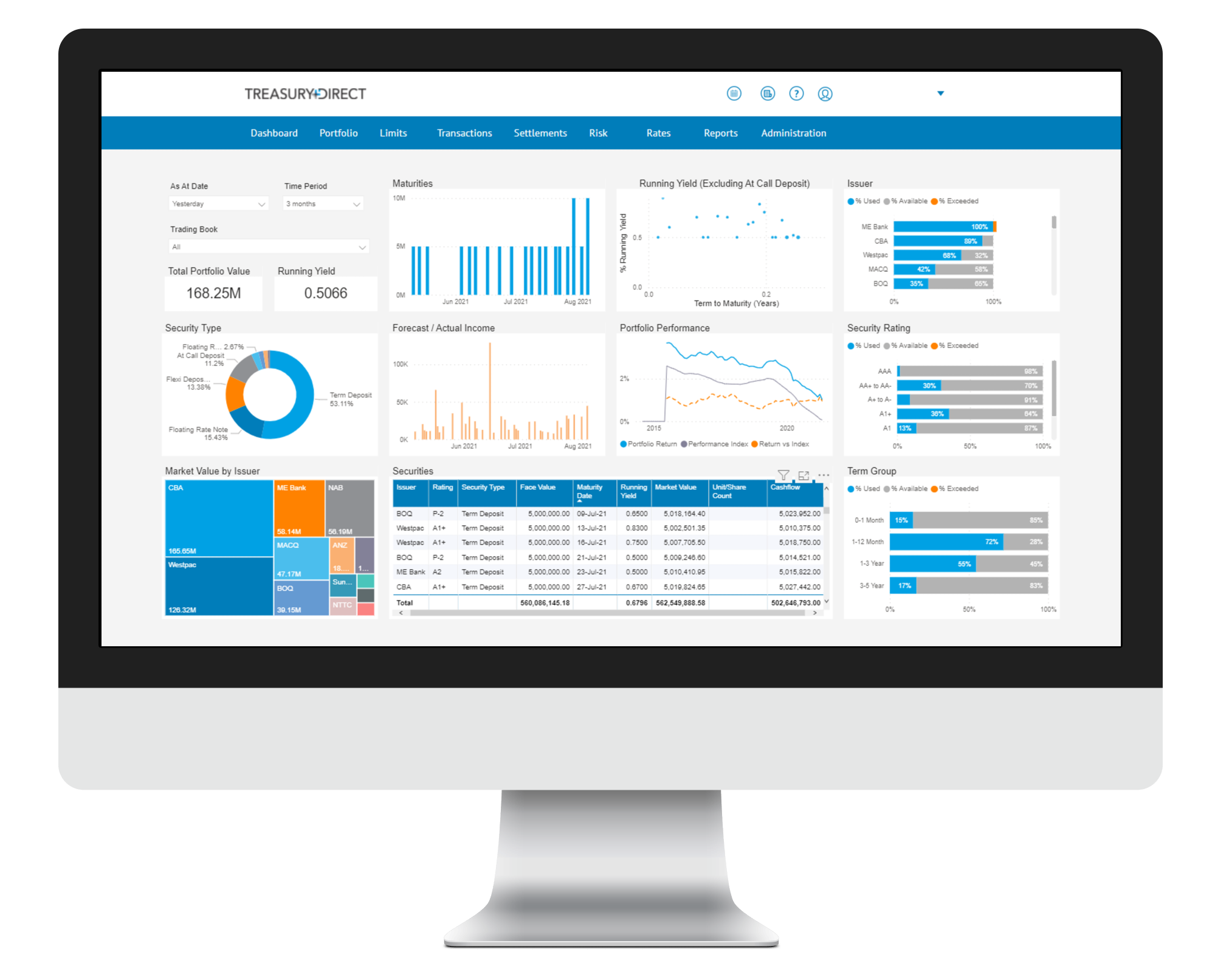Markets Overview
- ASX SPI 200 futures little changed at 7,782.00
- Dow Average down 0.4% to 40,368.96
- Aussie up 0.3% to 0.6344 per US$
- US 10-year yield fell 3.9bps to 4.3350%
- Australia 3-year bond yield fell 0.7 bps to 3.34%
- Australia 10-year bond yield fell 5 bps to 4.35%
- Gold spot up 0.6% to $3,229.48
- Brent futures little changed at $64.90/bbl
Economic Events
- 10:30: (AU) March Westpac Leading Index MoM, prior 0.07%
- 11:00: (AU) Australia to Sell A$1 Billion 3.5% 2034 Bonds
US futures slumped after Nvidia Corp. said the government was setting new limits on its exports to China and President Donald Trump ordered a probe into potential tariffs on critical minerals.
Nasdaq 100 contracts fell 1% in early trading. S&P 500 futures dropped 0.7% after the index finished slightly lower Tuesday. The US benchmark had earlier climbed on results from financial heavyweights that underscored an equity-trading boon and still-healthy consumers and businesses. Futures for Asian benchmarks were little changed, with a slight gain in Japan.
In after-hours trading, Nvidia extended its decline to more than 5% after saying the US government will begin requiring a license to export the company’s H20 chips to China, an escalation of restrictions that the company has publicly opposed.
Oil held steady Tuesday, while bonds rose as a Treasury official said a rule change was under consideration that could lower trading costs for banks and the dollar snapped a five-day slide. Investors are also gearing up for Federal Reserve Chair Jerome Powell’s comments on the economy later Wednesday.
Traders were whiplashed again by a slew of tariff headlines, as Trump also launched a probe into the need for tariffs on critical minerals. The European Union and US struggled to bridge trade differences this week as White House officials said the bulk of the US tariffs imposed on the bloc will not be removed. Meanwhile, Trump urged China to reach out to him in order to kick off negotiations after the nation ordered its airlines not to take any further deliveries of Boeing Co. jets.
“We would advise investors to avoid making hard and fast assumptions about how tariff developments will ultimately play out in the economy and on corporate profits,” said Anthony Saglimbene at Ameriprise. “Instead, we suggest investors prepare for a range of possible intermediate-term outcomes that include slow-to-positive economic and profit growth, and scenarios of slow-to-negative growth.”
Chinese equities are also vulnerable ahead of a fresh wave of economic data that’s expected to reinforce concerns over an uneven recovery. First quarter GDP is forecast to show slowing momentum, even before the full impact of tariffs is felt. Retail sales will likely show consumption is anemic. Analysts are slashing their outlook for China, doubting its ability to achieve a 5% growth target.
High uncertainty surrounding US trade policy and a spike in financial-market volatility has unsettled global investors over the past few weeks. Sentiment regarding economic prospects is the most negative in three decades, yet fund managers’ pessimism isn’t fully reflected in their asset allocation which could mean more losses for US stocks, a Bank of America Corp. survey shows.
Fund managers are “max bearish on macro, not quite max bearish on the market,” strategists led by Michael Hartnett wrote in a note. “Peak fear” is not yet reflected in cash allocations, they added.
Meanwhile, United Airlines Holdings Inc. took the unusual step of offering not one but two possible earnings scenarios, saying its 2025 outlook remains achievable but also warning that a recession could nearly halve its profit forecast.

